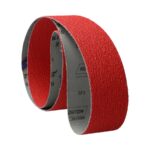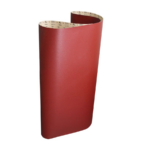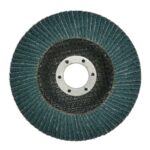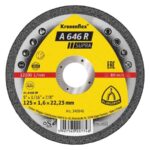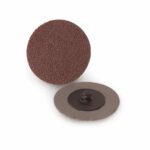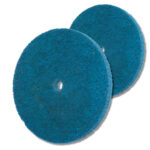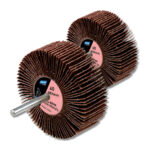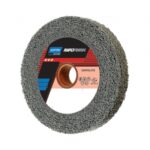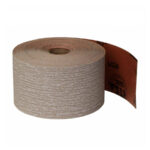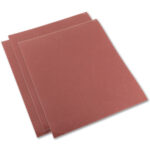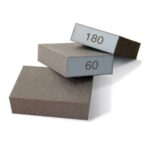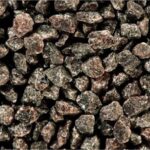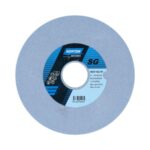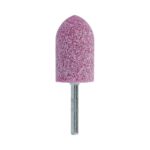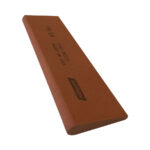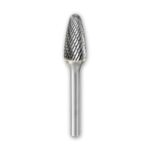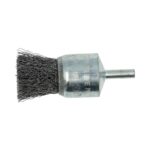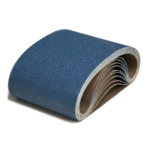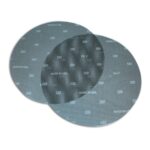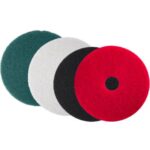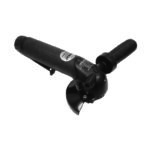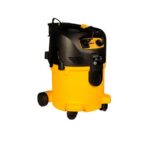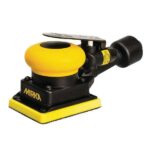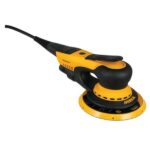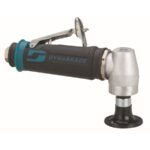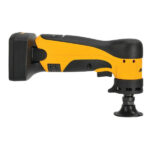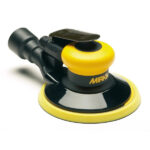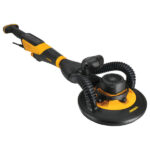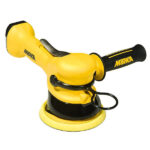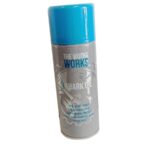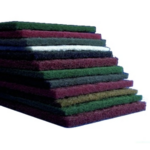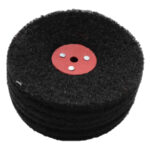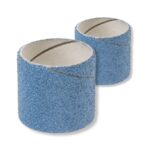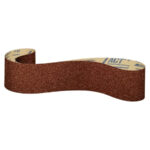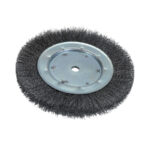Blog
Furniture Production/Restoration
The furniture production and restoration industry has a long history of using abrasives to create smooth and polished finishes on wood. Woodworking involves a variety of abrasive applications, including sanding, grinding, polishing, and buffing. The types of abrasives used in the furniture industry depend on the type of wood being worked on, the desired finish, and the specific application.
One of the most common abrasives used in the furniture industry is sandpaper. Sandpaper comes in different grit sizes, which determines the coarseness or fineness of the abrasive particles on the paper. Finer grits are typically used for finishing work, while coarser grits are used for initial rough sanding or removing layers of old finish. Sandpaper can be used by hand or with power tools such as belt sanders, orbital sanders, and disc sanders.
In addition to sandpaper, the furniture industry also uses abrasive discs, flap wheels, and other accessories for power tools. These abrasives are often made from materials such as aluminum oxide or silicon carbide, and are available in various grit sizes and shapes. For example, flap wheels are often used for contour sanding or finishing on curved or irregular surfaces, while abrasive discs are commonly used for flat sanding on larger surfaces.
Polishing compounds are also used in the furniture industry to achieve high-gloss finishes. Polishing compounds come in different grades, ranging from coarse to fine. Coarser compounds are used for initial polishing, while finer compounds are used for final polishing. Polishing compounds are typically applied to a buffing wheel and then buffed onto the surface of the wood.
Another important abrasive used in the furniture industry is wire brushes. Wire brushes are used to remove rust, paint, and other coatings from the surface of the wood. Wire brushes come in different shapes and sizes, and can be used by hand or with power tools.
When it comes to woodworking, there are also specialized abrasives used for specific tasks. For example, cabinetmakers often use abrasives such as rasps and files for shaping and contouring wood. These abrasives are typically made from high-carbon steel or tungsten carbide.
For the restoration of antique furniture, there are special abrasive techniques that must be used to avoid damaging the piece. For example, hand scraping is a technique that involves using a sharp scraper to remove the finish without sanding. This technique is preferred for antique furniture because it preserves the unique character and patina of the wood.
In conclusion, the furniture production and restoration industry relies heavily on abrasives to achieve smooth and polished finishes on wood. Sandpaper, abrasive discs, flap wheels, wire brushes, polishing compounds, and specialized abrasives such as rasps and files are all used in this industry. Additionally, there are specialized techniques that must be used when working with antique furniture to avoid damaging the piece. As the industry continues to evolve, there is a growing demand for environmentally-friendly abrasives that are gentler on the wood surface and do not contain harmful chemicals.

